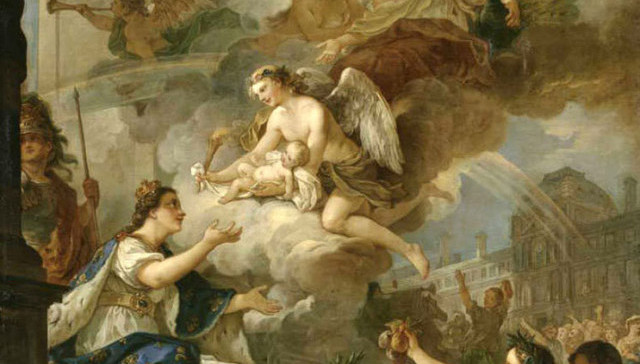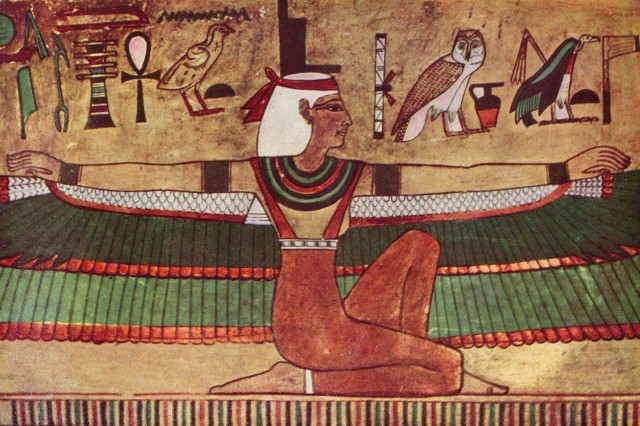I listened to Hugh Nibley this morning and found this morsel of light about the Mother of Life. Nibley relates the story of The Pearl, a Syriac text, found in 1906 by Rendel Harris, east of the Tigris River and dated between 50 and 70 A.D. This could be the oldest Christian document. There’s a lot of temple symbolism in the story. It begins with the journey of a young man [and Nibley’s narration is in brackets, check his humor]:
In my first primeval childhood [he’s in heaven, you see, before he came here], I was nurtured [quoting Eliza R. Snow, you recognize] in the royal house of my father with loving care in the midst of abundance and glory. [This is where he came from.] My parents sent me forth from our home in the East, the source of light, supplied with all necessities…. (Teachings of the Pearl of Great Price, Lecture 4, pg 48 of transcript)
The young man traveler continues to the earth, facing obstacles as he tries to remember what he is doing here. When he finally accomplishes his goal (retrieving the pearl), he reaches the gate — the veil where “he gives certain signs and tokens.”
He comes to the gate finally, and the whole family is there to greet him. The first person to embrace him was the last person to embrace him as he left. It was his Heavenly Mother. (Ibid., pg 51)
The text describes the traveler at the palace doors, where he mingles with the great ones and where he receives the five greetings. Nibley explains that the Mother of Life gives him the second greeting:
the greeting of the right hand, the clasp of the right hand — that which the mother of life gave to the first man when he went forth to the contest. The first embrace, the aspasmos, [the embrace through the veil which is so important to Egypt] is that which the mother of life gave to the first man as he separated himself from her in order to come down to the earth to be tested. She wishes him luck and hopes he will be able to carry on, covers him with love, etc. as they embrace, as he separates in order to come down to the earth for testing. (Ibid., pg 52)
We still do not know that much about the mother of life, but stories of her existence persist through myths and legends.
References:
The Pearl is found in the Acts of Thomas Judas the Apostle.
Thomas is confined in prison by the Indian King Mazdai and his wicked minister Karish, who accuse him of sorcery. ‘And whilst he was praying all those who were in the prison saw that he was praying, and begged him to pray for them too. And when had prayed, and sat down, Judas began to chant this hymn.’ (Nibley, The Message of the Joseph Smith Papyri, pg 487)
There are several translations besides Hugh Nibley’s summary where he compared several different translations.
The lecture I was listening to when Nibley mentions The Pearl is found in Hugh Nibley, Lecture 4, Teachings of the Pearl of Great Price
Hugh Nibley’s translation is found in his book, The Message of the Joseph Smith Papyri: An Egyptian Endowment, Appendix III.
If you want to read the text of The Pearl, check these online sources:
The Hymn of The Pearl alongside the Syriac text
Originally posted Jan. 7, 2015. Updated Mar. 2021.



